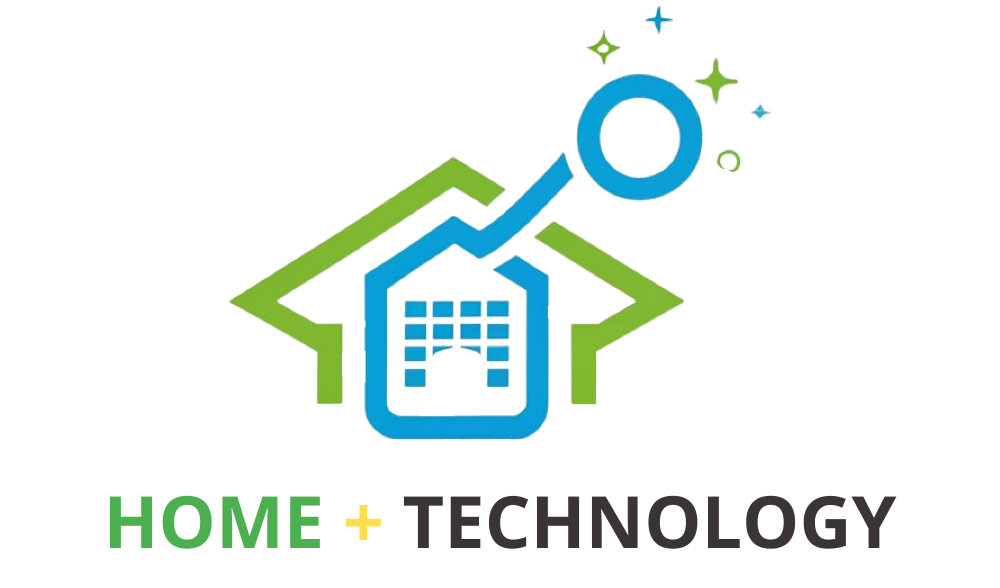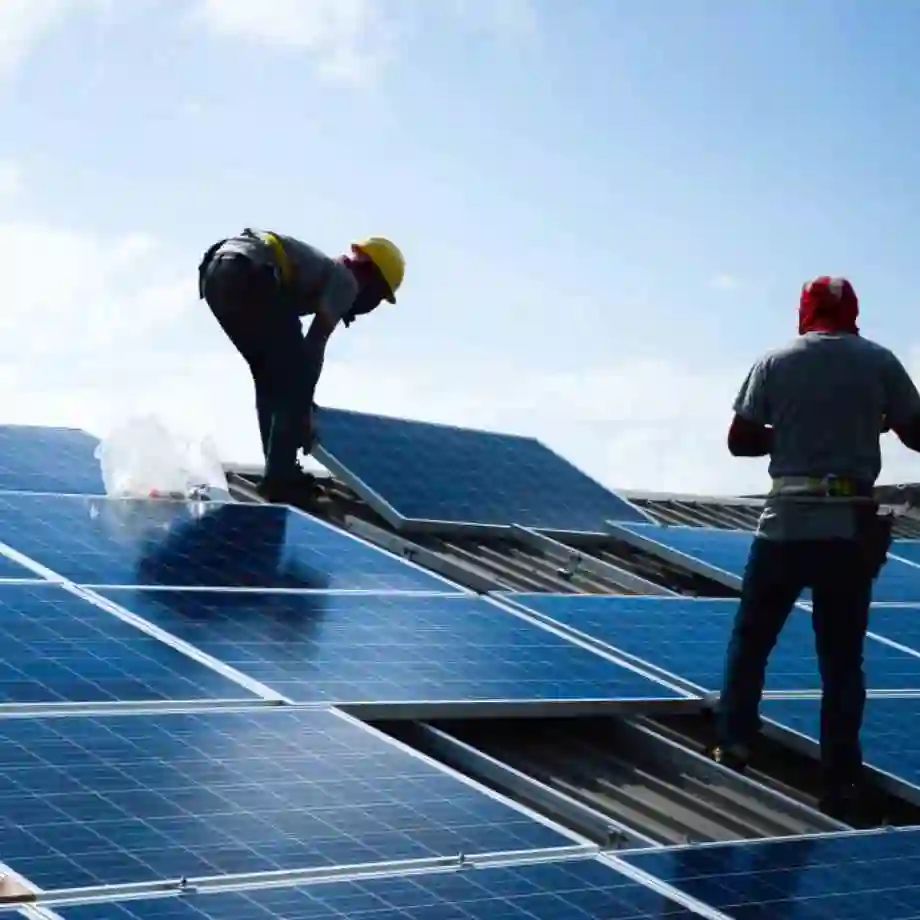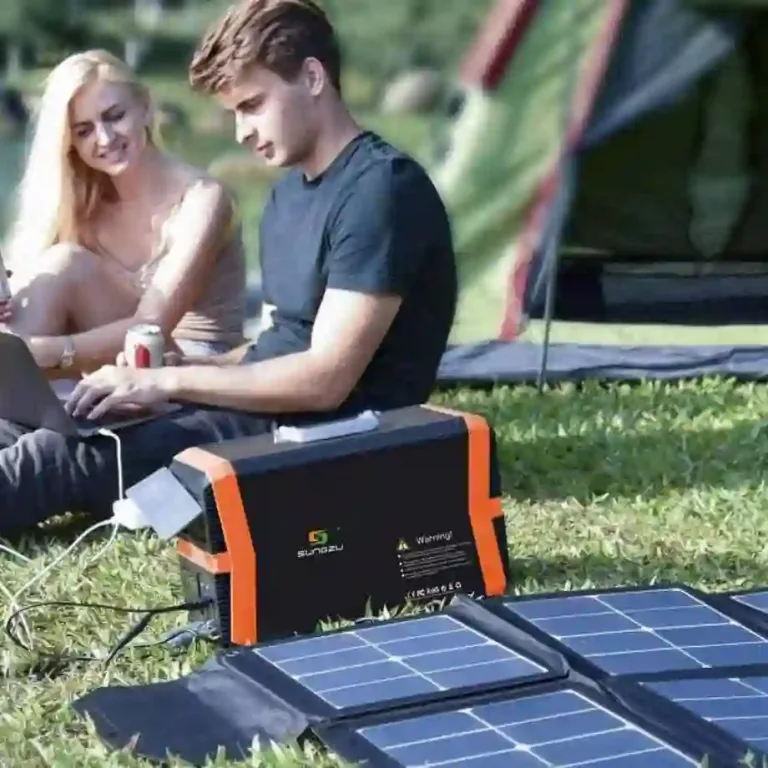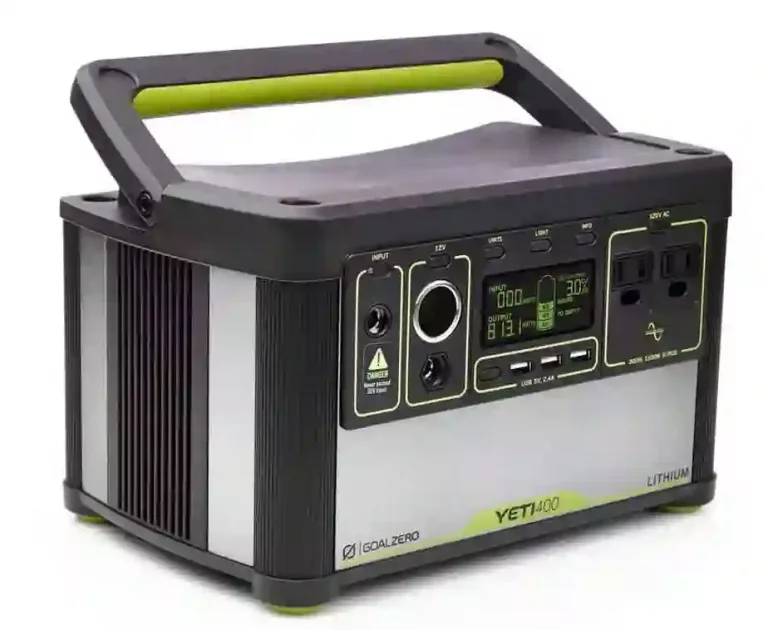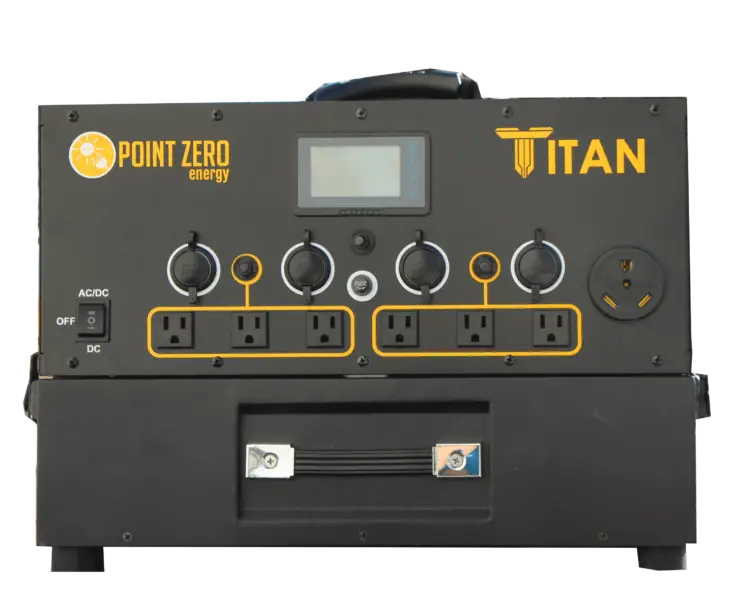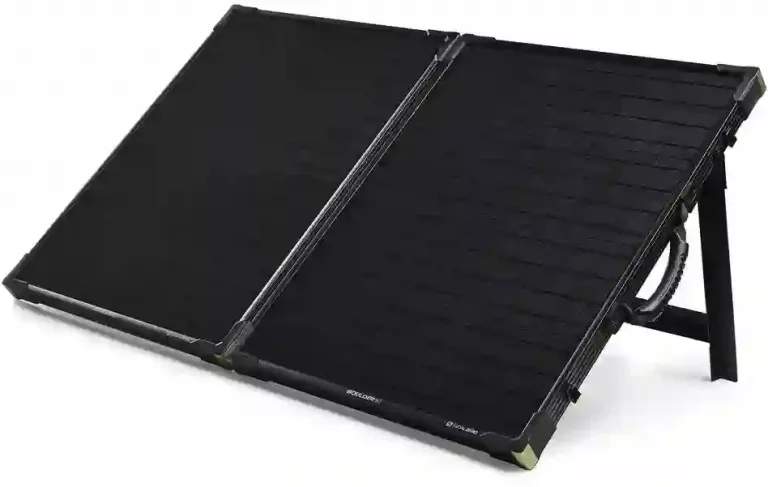The weight of a solar panel becomes an important feature to note when you need to install it on the rooftop or on your RV roof.
So, how much does an average solar panel weigh? Generally, the weight of a solar panel depends on the materials used in its manufacturing. The average weight of a solar panel is around 30 pounds but the minimum can go down to 10lbs.
| Solar Panels | Size | Weight |
| Furrion 50 Watt Rigid Solar Panel | 31.6 x 22 x 2.2 inches | 12.45 pounds |
| Renogy 270 Watt | 64.6 x 39.1 x 1.6 inches | 42.8 pounds |
| SolarWorld Sunmodule Plus 290 watt | 66 x 39.4 x 1.3 inches | 40 pounds |
| Canadian Solar CS1K-325MS 325 Watt | 65.0 x 39.1 x 1.57 inches | 40 pounds |
| Hyundai Solar panel 248W | 64x39x1.38 inches | 41 pounds |
| Hanwha Q cells 300 watt | 65.7 × 39.4 × 1.26 | 41.5 pounds |
| WindyNation 100 Watt | 40 x 26.4 x 1.2 inches | 24 pounds |
With the advancement in technology and the materials used for a solar panels, they are becoming more compact and portable that goes from a briefcase design to flexible ones.
However, all solar panels can’t be used on a rooftop but the flexible and briefcase designed solar panels have their own use for charging portable solar generators during camping and other outdoor activities.
The solar panels used on a rooftop at home are generally weighs more than the portable ones. They are not so compact and a bit larger in length, not made for moving from one place to another.
What contributes the weight of the solar panel?
The per square foot of a solar panel weighs around 2-4 pounds, however, if you look at the main part of the solar panel that generates energy weighs just a few grams. Now, you must have understood why the size of a solar panel makes it heavy or lighter!
So, what makes the solar panels so heavy? Isn’t this the question coming to your mind? Believe me, I too had the same question and therefore I researched so much to know the exactly what makes the solar panel so heavy.

A solar panel consists of a plethora of solar cells that is enclosed within glass, EVA sheets and a back sheet.
The EVA stands for ethylene Vinyl acetate sheets, these sheets protects the solar cells against moisture and also makes it non slippery.
The back sheet is made up of Polyvinyl fluoride which is tough and strong to protect the solar cells from getting damaged due to mishandling and other external factors.
Among all these materials that a solar cell consists, the strong tempered glass contributes the maximum weight followed by aluminium frames and EVA sheets.
All these materials used to make a solar cell contribute their parts in working of a solar panel with ease for years.
Why does the weight of a solar panel matter while installation on rooftop?
The weight of solar panels doesn’t make any difference when you install on the ground. But in case you are planning to install on rooftop, you need to consider the weigh. This is not because I am saying or anyone else is saying but it is because of the load that you are keeping on your rooftop.
Most of the rooftops are made for handling 20-40 pounds of weight per square foot and the solar panels have an average weight of 2-4 pounds per square foot. Why is this important then to consider the rooftop?
But, what if your rooftop is quite old and the load bearing capacity has gone down? Most of the rooftops in US uses asphalt shingle or metal as the main material and therefore the consideration of the load being capacity need to be done before installation.
So, you must consult a professional or the solar panel installation expert. You may need to renovate the roof before solar panels installation so that you don’t have to worry about the load on rooftop later.
However, if your rooftop can’t handle the solar panels weigh, which is a rare case, then there is another option of thin film panels. These film panels are comparatively much lighter as compared to the crystalline solar panels and produces almost the same energy.
I have seen many customers having question, can solar panels damage their roof but if done correctly by an expert installer, you don’t have to worry about this.
Now, the technology has advanced and its changing every day, the developed technology of installation always makes sure that it suits all the roof types.
How technology is making the solar panels lighter?
The technology is innovating every day and photovoltaic cells are becoming lighter. I have already discussed about the solar films that are much lighter and can be used on even a 40 years old rooftop.
The latest innovative product is bifacial solar panels which consists of solar cells on both the sides of the panels. These panels produce much more energy that the traditional ones and even the back side of the cells can produce the energy from the reflected rear end sunlight.
So, ideally the bifacial ones can produce double the amount of energy per square foot of the solar cells.
The another innovation is the use of solar walls and windows which can produce much more than you require having a strong energy producing walls better than any glass wall and windows.
Nowadays, the use of solar shingles has also increased in North America. These shingles can produce electricity from solar energy and has same look as that of the traditional ones.
But, I would only recommend to use this opting when you are building your rooftop or either renovation it for solar panels installation.
Conclusion
So, finally we can say that the technology is changing and you can see much lighter and more efficient solar panels in future but at this time the average weight of solar panels is around 30 pounds.
However, the lighter thin film solar sheets are there for your which can be considered when your rooftop is older but it is always wise to get your rooftop checked before any installation.
Related Questions
How big is standard solar panels? The standard size of a residential solar panel is around 65×39 inches. However, the standard size varies slightly from company to company.
How many solar panels do I need to run my house? In United States, the average size of a house is around 1500 – 1600 square feet and the average electricity bill is around $120. Taking this into consideration, you need around 15-16 solar panels to provide electricity to your whole house.
Can a house run on solar panel alone? Yes, you can run your house alone on solar energy but you need battery to store the power for backup during night. Even though you use a solar wall, you can power backup your house approximately for around 10 hours.
Can you get solar panels for free? Yes, you can get solar panels and installation both for free but you will have to either enter into a lease agreement or power purchase agreement.
